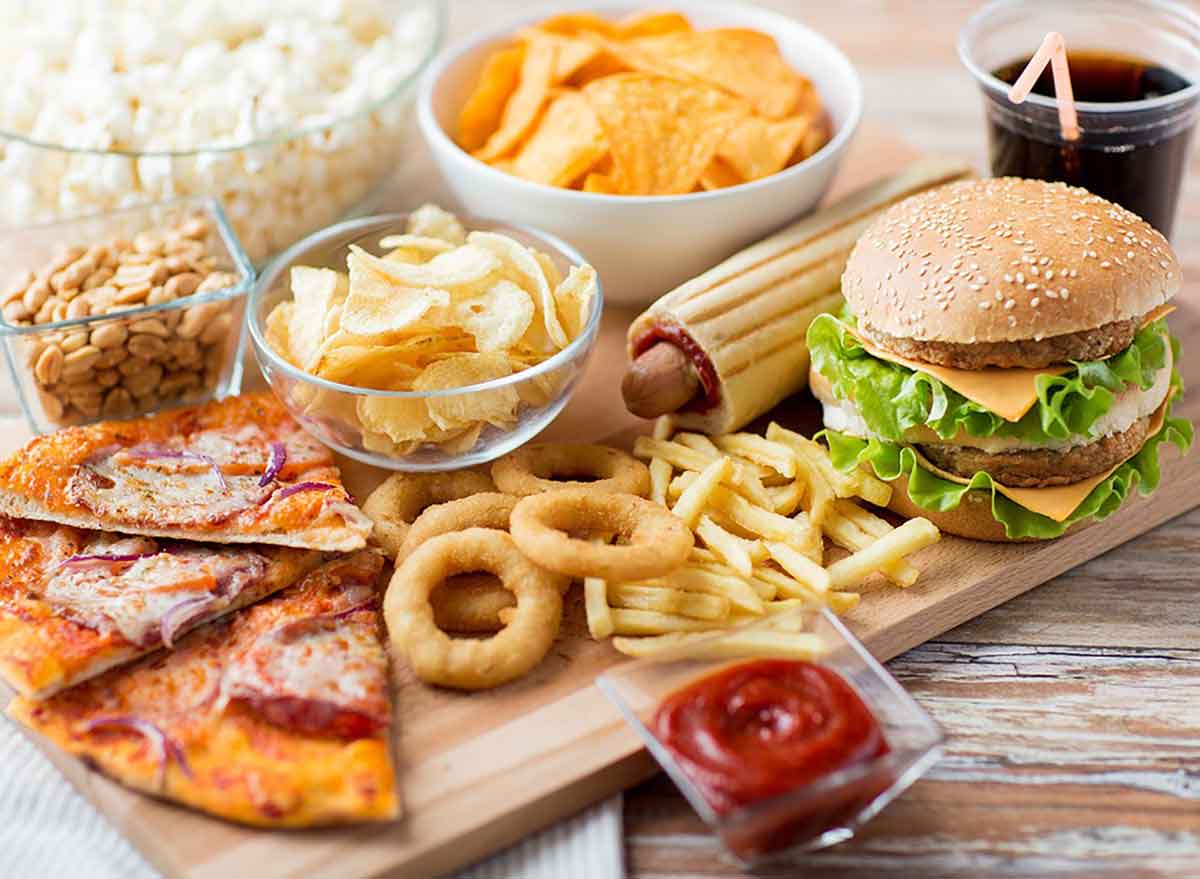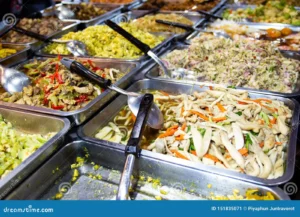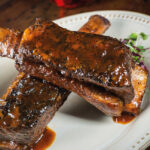After you have your wisdom enamel eliminated, your mouth will go through several degrees of recovery. The primary few days are centered on allowing the surgical websites time to start recuperation before introducing meals of crunchy food.
The immediate period after surgery while the anesthesia wears off mainly involves rest. Ice packs are helpful for reducing swelling.
Over the next 24-48 hours, the diet consists of primarily soft, cool foods that are easily swallowed without much chewing. Some examples include yogurt, pudding, soups, applesauce.
Between days 3 -5 swelling and discomfort typically peak as the body’s natural healing response. Pain medication is important during this time.
While not fully crunchy food soft solids can slowly be introduced, such as scrambled eggs, mashed potatoes, oatmeal. Anything requiring extensive chewing is still restricted.
From days 5 through 10, the removal sites will have begun to form a clot and granulate in with new tissue. Slightly heartier soft foods are advisable, cutting into smaller pieces if needed, such as pasta, soft cooked vegetables, fish.
Biting into these items should be avoided by chewing strictly on the other side of the mouth.
It’s around the 2 week mark that patients generally start being able to integrate crunchy textures back into meals. As the following sections will outline, this requires gradual reintroduction as healing can vary individually.
Foods to Avoid Early On
A few key food types are not recommended during the initial healing periods after wisdom tooth extraction to avoid disturbing the extraction sites and disrupting the blood clot formation:
Crunchy/hard foods: These include potato/tortilla chips, nuts, popcorn due to the risk of puncturing the blood clot and causing dry socket.
Straws: The suction created can dislodge the healing blood clot.
Spicy or acidic foods: Items like citrus fruits, tomatoes, chili peppers may cause irritation and pain as the mouth heals.
Avoiding these problematic textures and flavors during the first 1-2 weeks is prudent to support an uncomplicated recovery period.
When Can I Gradually Reintroduce Crunchy Foods
Around the 2 week mark, small, softer crunchy bits can be attempted with caution. An example may include a few crumbs of a graham cracker or small pretzel pieces chewed carefully on the opposite side. Monitor for any pain or trouble.
As the 3rd week approaches and checkups show healing is progressing well, fuller pieces of softer crunchy foods become advisable such as crackers, cereal. Continuing to avoid very hard items.
By weeks 3-4, if all is healing as planned, firmer crunchy foods may be reintroduced, limiting the overall size of pieces at a time. Good options include granola, tortilla chips. Be mindful not to overdo it.
Testing readiness involves attempting to very gently chew a small amount on the affected side. If no pain or bleeding occurs, the extraction sites have likely epithelialized sufficiently to support crunchy textures.
But moderate reintroduction is still recommended over Overloading on crunchy fare too fast increases the risk of setbacks. Paying close attention to ongoing healing signs is important.
Suitable Soft Foods During Week 1 Recovery
As mentioned in the article, the first week after wisdom tooth removal focuses on rest and soft, easily digestible foods that require little chewing.
Here are some specific examples of foods recommended during this initial recovery period:
Soups: Broths, cream soups, tomato soup.
Cereals: Oatmeal, cream of wheat, rice cereal.
Pureed fruits: Applesauce, banana, pears.
Pureed vegetables: Mashed potatoes, cooked carrots or spinach.
Yogurts: Greek yogurt, yogurt parfaits.
Why to Avoid Hard, Sticky or Acidic Foods
Crunchy, sticky or acidic foods can disrupt the delicate blood clot forming at the extraction site. This increases risks like dry socket:
Hard foods like chips can dislodge or puncture the clot.
Sticky foods like rice get lodged in the socket.
Acids from fruits slow healing and cause painful irritation.
It’s best to play it safe during the critical first 1-2 weeks to support uncomplicated recovery.
A Patient’s Story
“After my wisdom teeth were removed, soft foods like soup and yogurt really helped in the first 5 days. By week 2 I tried some crackers but bit the sore side slightly.
It swelled for 2 more days. Go slow with reintroducing crunchy textures and listen to your body.”
Frequently Asked Questions
How long until I’m fully healed?
Complete recovery of the extraction sites takes 1-2 months on average. Oral tissues have regenerated by 4 weeks, but some lingering occasional discomfort may still be felt.
What if I accidentally chew on the sore side?
Try not to worry if this occurs as minor chewing force is generally fine if healing is on track. But avoid extensive chewing until at least 2 weeks have passed.
How do I know if I have dry socket?
Signs include a persistent throbbing pain that worsens days after the procedure despite painkillers, foul tasting discharge in the mouth. See the oral surgeon promptly who may irrigate the socket.
2 weeks (8 weeks if you had lower wisdom teeth extracted), do not eat hard, crunchy, or very chewy foods.
Conclusion
Carefully introducing crunchy textures back into the diet over a period of 2-4 weeks after wisdom tooth removal supports uncomplicated healing. Return to a normal diet should follow guidance from preoperative instructions and the healing timeline.
But individual recovery varies, so listening to your body’s feedback is key during this postoperative period when can i eat crunchy foods after wisdom teeth removal. Contacting the oral surgeon with any concerns allows for the best outcomes.
















